USMA-82
NES Member
Finally got around to taking some pictures of the Madsen. This is not something you see everyday, so I recorded a number of details. I followed up with some development history after the pictures. Enjoy!
*
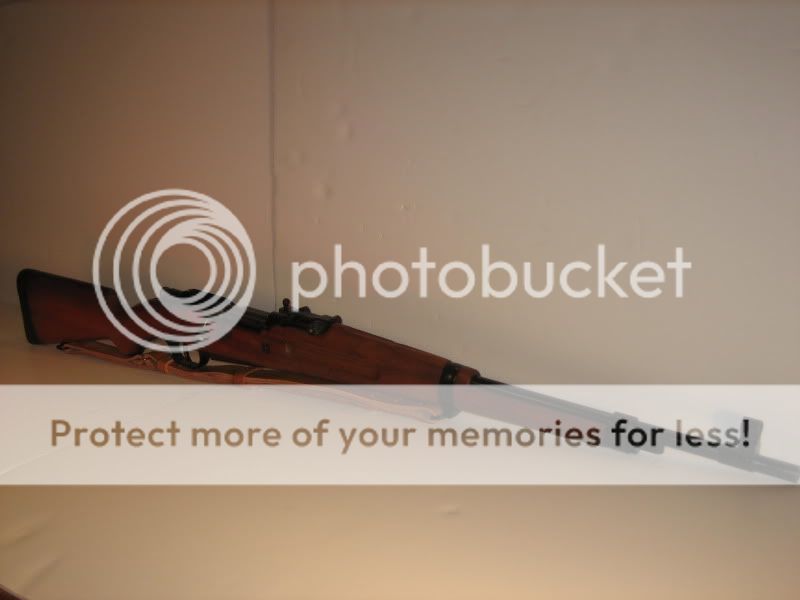
*
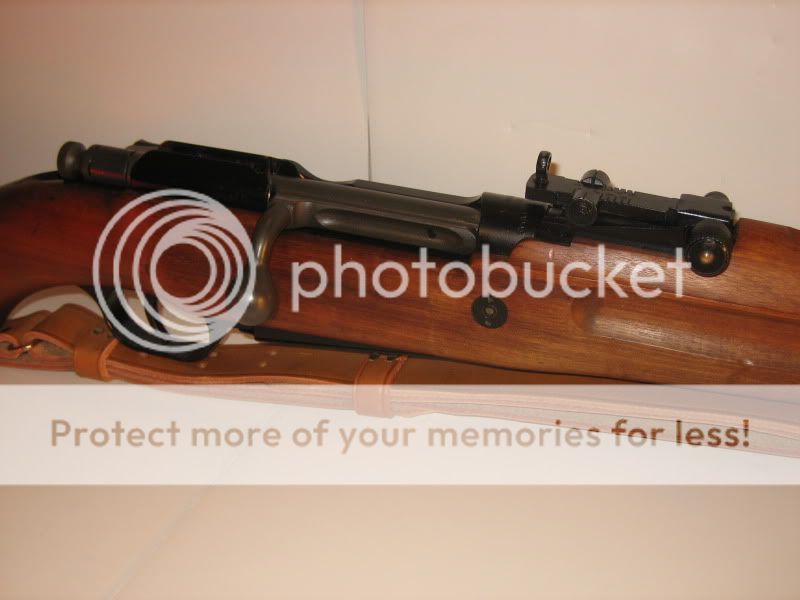
*
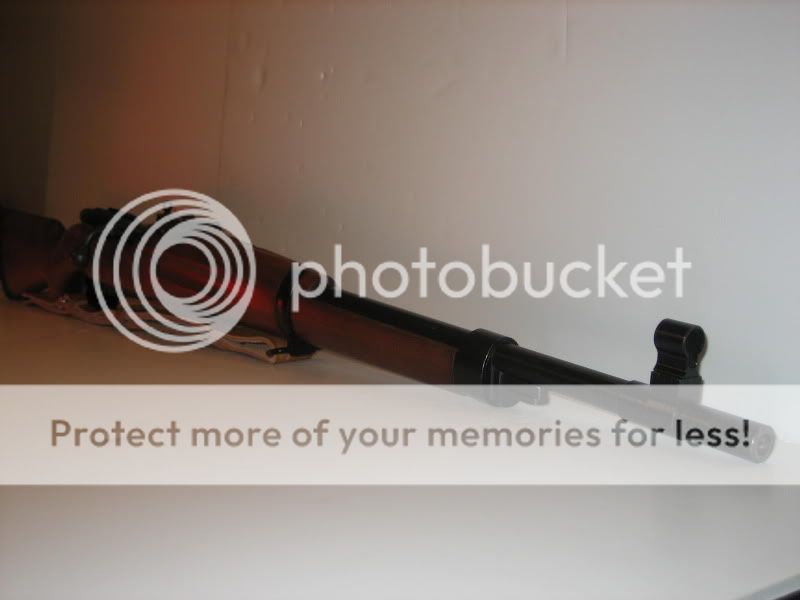
*
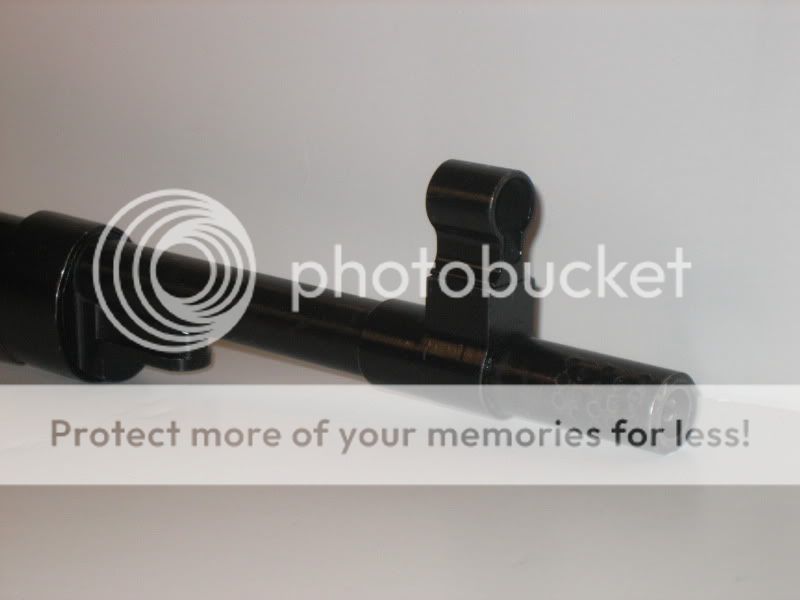
*
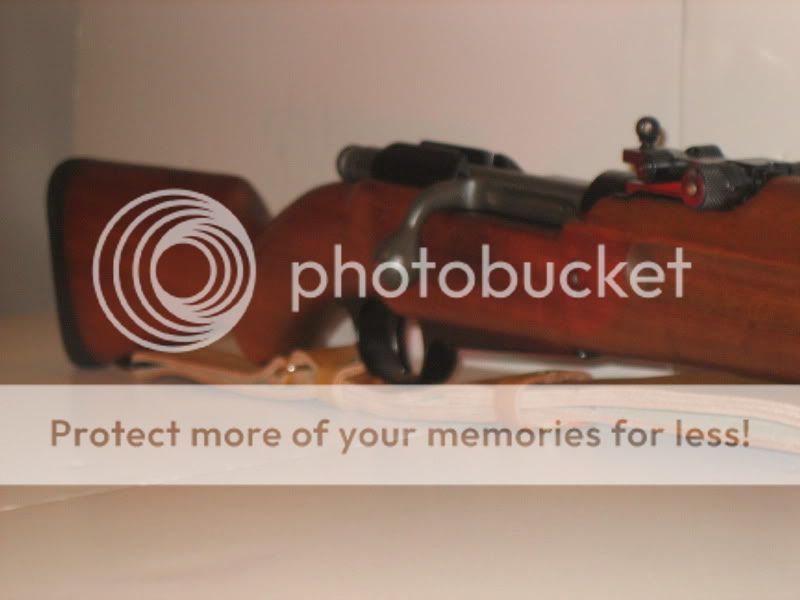
*
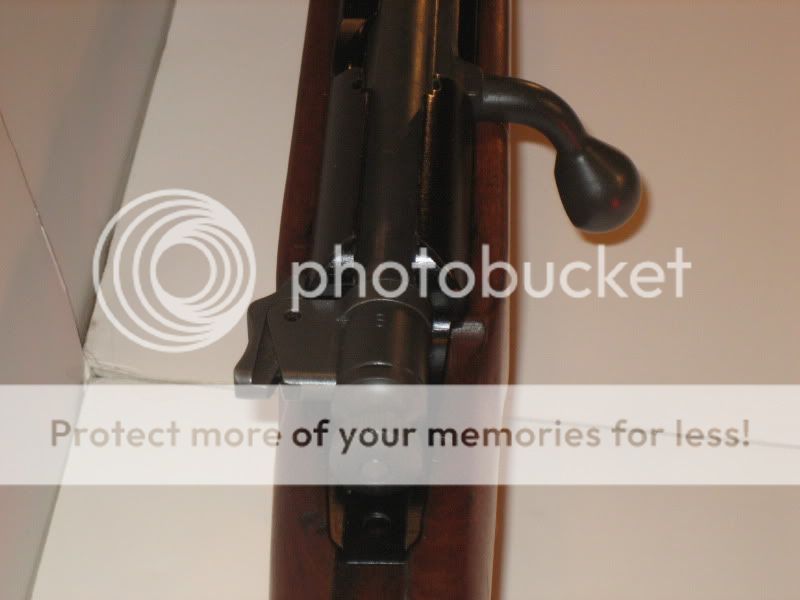
*
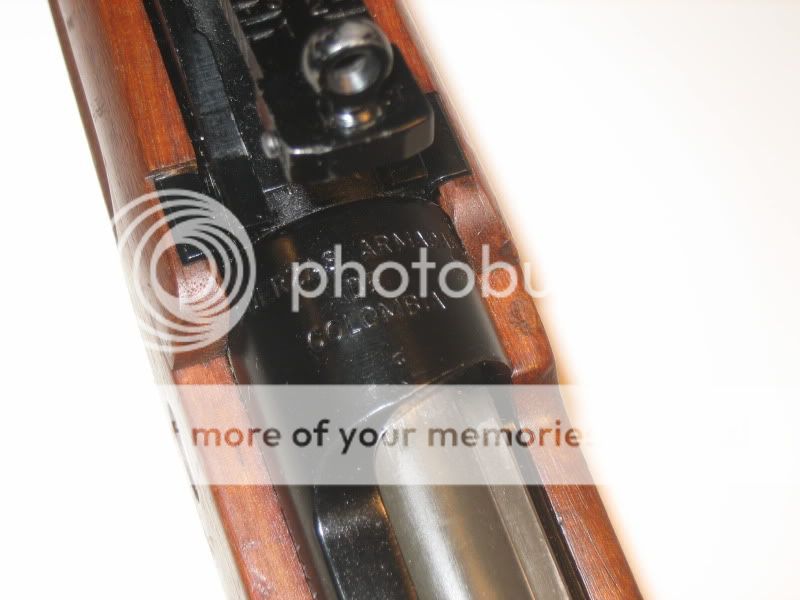
*
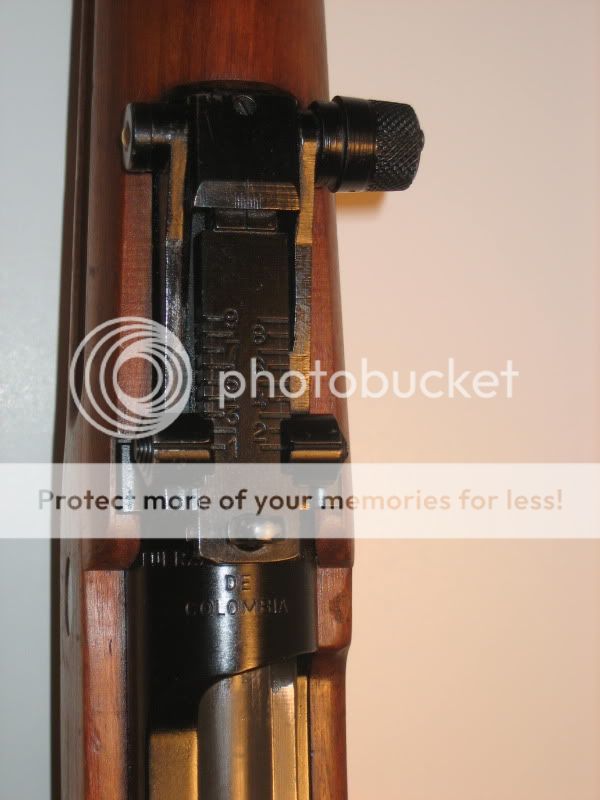
*
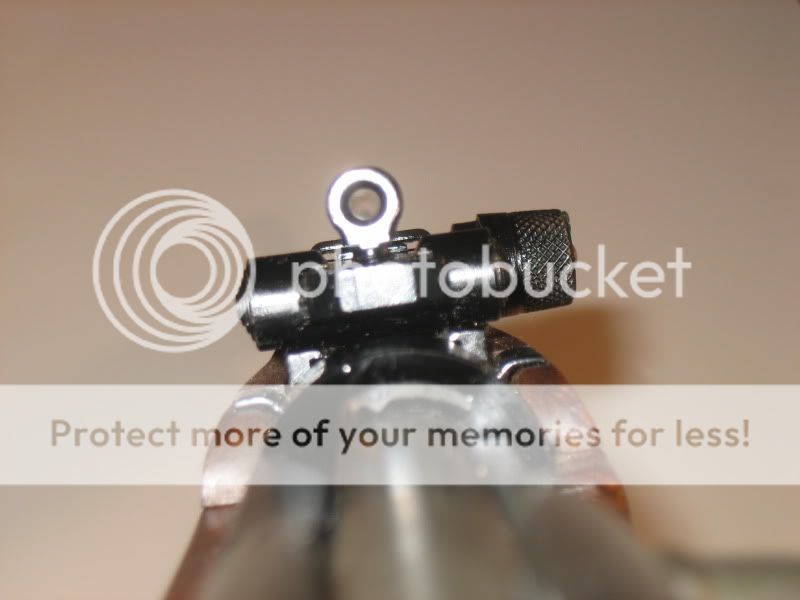
*

*
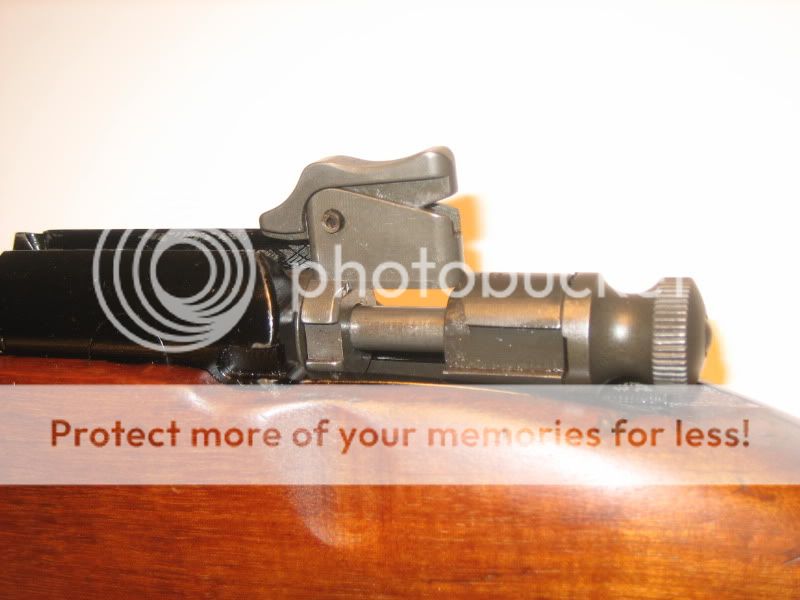
*
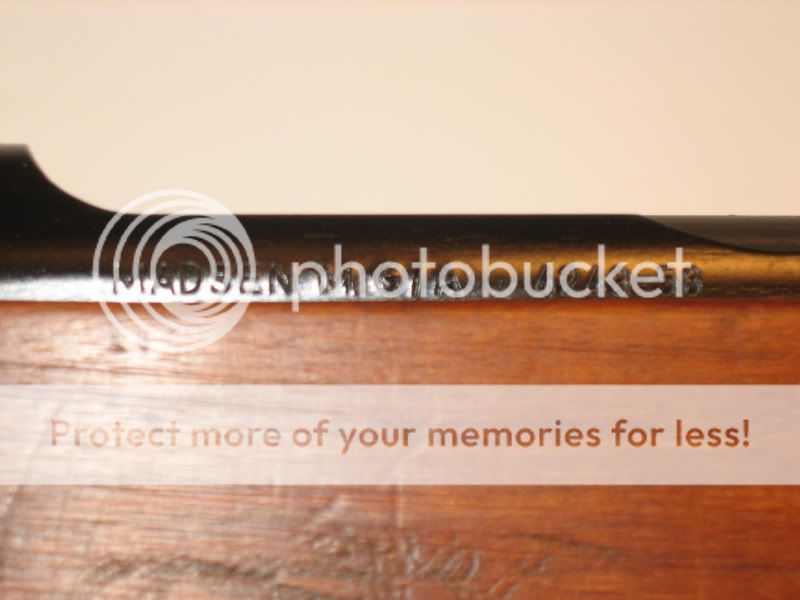
*
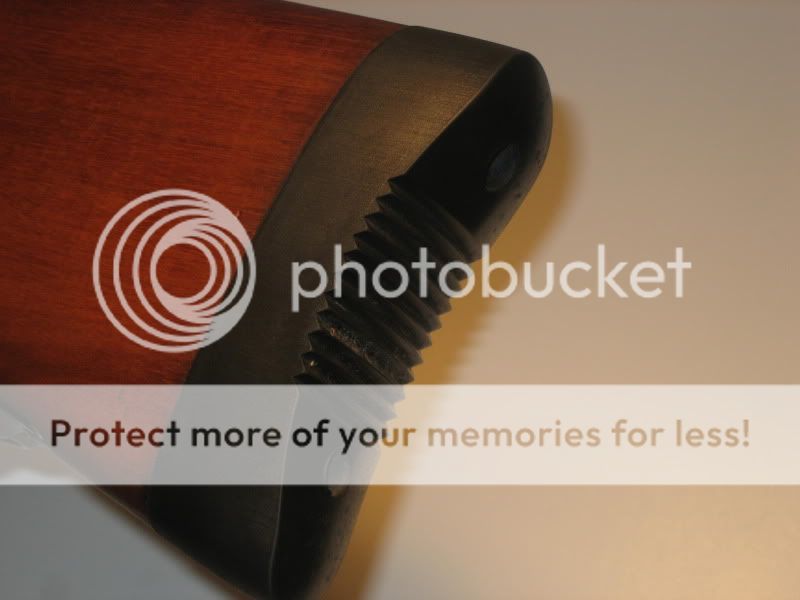
*
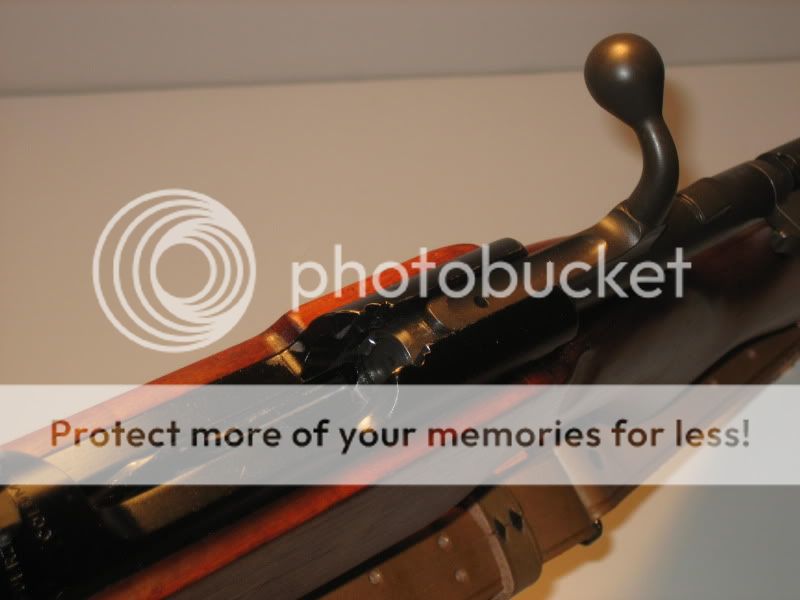
*
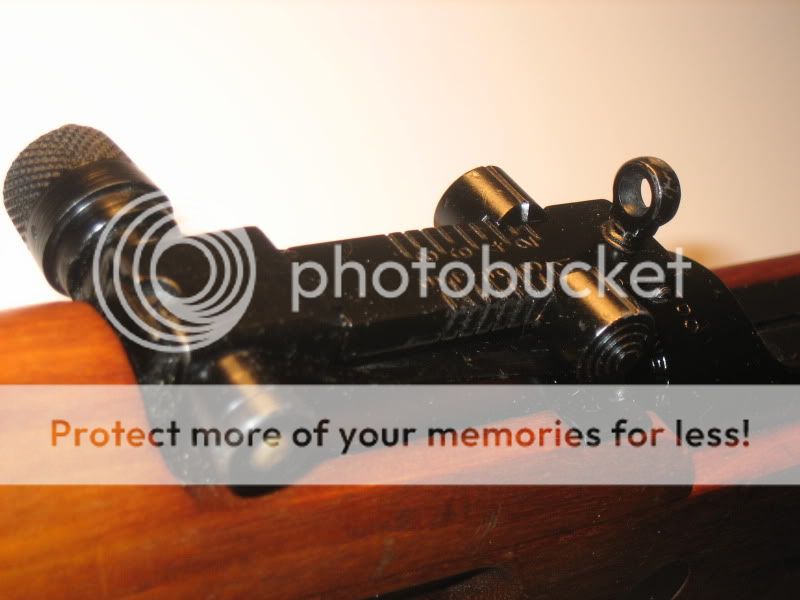
*
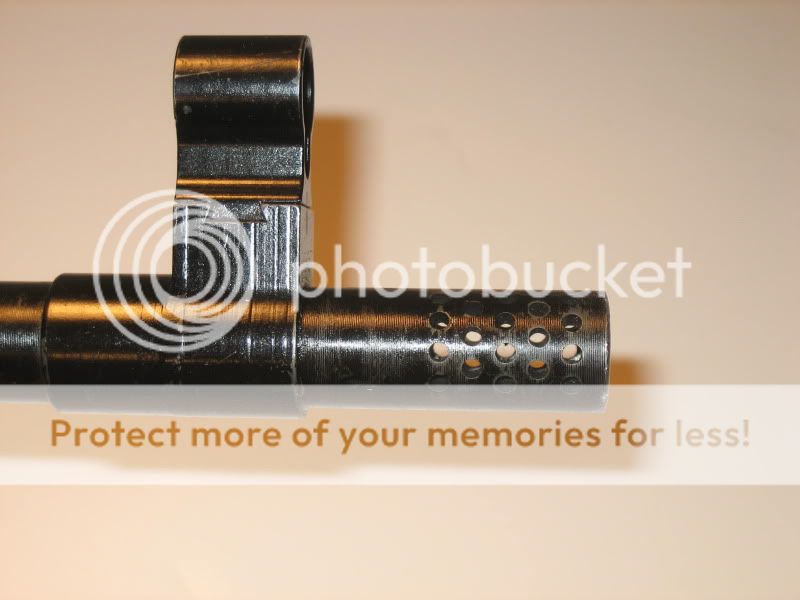
*
M47 Background:
A world filled with surplus rifles wasn't the ideal place to introduce a new bolt action, but one Danish company tried. Among students of small arms, it is generally agreed that the bolt action rifle's reign as the predominate military long arm ended circa 1945. While the smokeless powder, bolt action repeating rifle had reigned supreme on the military scene since the late 1800s, by the end of World War II the writing was on the wall,the semi-auto battle rifle was the shape of things to come. While Germany, Russia and France had used limited numbers of semi-auto rifles during World War I, they were notable only for their inability to stand up to the rigors of combat. And while a number of nations had experimented with them during the inter-war years most attempts to perfect them floundered upon a combination of three, seemingly insurmountable obstacles. First, the insistence that these rifles fire the same full-power cartridges used by bolt action rifles caused most designs to be either too heavy or too fragile for general issue. Second, many high ranking officers saw semi-auto rifles as a luxury that was not necessary for a combat soldier and would be too wasteful of ammunition. Third, penny pinching bureaucrats saw arsenals overflowing with rifles left over from the Great War and figured that one rifle was as good as another. So why waste funds on expensive R&D programs.
Despite every major military power conducting (with varying degrees of enthusiasm) trials, by the time the Second Great Unpleasantness was upon us, only the United States and, to a lesser degree, the Soviet Union had fielded semi-auto battle rifles. The sterling performance of the M1 Garand, and the development of intermediate power "assault rifles", during the war showed that the days of the bolt action military rifle were numbered.
After the war, every army that could afford to began to re-equip with semi-auto rifles, although in fact it would be at least one and a half decades before even the major powers accomplished complete rearmament. In the case of the smaller armies the bolt-action rifle would continue as an essential part of their inventories, in some cases, well into the 1980s. And it was not only financial constraints that hindered many armies from updating their long arms. In some cases the command structure felt that their troops were not capable of using and maintaining anything more complicated then a simple recruit-proof bolt-action rifle. Then there were those nations with, shall we say, less then stable political and military institutions who felt it prudent to only equip the "reliable" units of their military with the new rifles while the mass of troops could continue to soldier on with less effective arm. By doing so it was felt that unauthorized target practice directed towards the presidential palace might be kept to an acceptable level. Because of these various factors, after the war there existed a large market of bolt-action military rifles, especially in less developed nations. Such well established arms makers as Fabrique Nationale (FN) in Belgium and Ceskoslovenska Zbrojovka (CZ) in Czechoslovakia continued to produce 1898-type Mausers to meet this demand.
In addition vast numbers of Mausers, Mosin-Nagants, Arisakas, Lee-Enfields, and Springfields left over from the war were peddled on the world arms market by private dealers or distributed as foreign military aid to various allies, friends, client nations and "national liberation groups." But only in one case, did an established company go to the trouble of developing an entirely new bolt action rifle in an attempt to garner a share of this market.
In the meantime, Messrs. Rasmussen and Madsen continued development of their design and in 1899 they were granted a patent on an automatic weapon using a strengthened version of their dropping-block system. Leaving government employ they organized the Dansk Rekylriffel Syndikat A.S. to manufacture and market what, is considered by most students of military small arms, the world's first successful light machine gun--the Let Maskingevear Madsen (Madsen Light Machine Rifle). First introduced on the world market in 1902, the Madsen LMG was an instant success and was eventually used by the armies of more then 30 nations! Production continued during both World Wars and did not end until the late 1960s. In the postwar years, with large numbers of surplus weapons available, sales of their light machine guns began to fall off and the company, renamed after the war Dansk Industri Syndikat A.S., (let's just use the generic name - Madsen) began to cast about for a new product in an attempt to expand its share of a shrinking market. As the majority of its machine guns had been sold in, what we today refer to as Third World nations, Madsen attempted to tailor products towards the smaller armies of the world. Realizing that these potential customers could not afford the new semi-auto rifles, it embarked on an R&D project to develop a bolt-action rifle that was inexpensive to produce, simple to maintain and with ergonomics specifically intended for soldiers of small stature. I believe it would be fair to say that the result, the Madsen Model 47 Light Military Rifle, succeeded in all these areas.
The Model 47 displays features that were copied from a number of earlier rifles including the German Kar 98k Mauser, French MAS Mle 1936, Italian Mo. 1891 Carcano, British No. 5 Jungle Carbine and Swedish AG42 Ljungman. The thing you notice first about the Model 47 is its split bridge receiver and the bolt handle, which is placed quite a bit forward. This was common on most prewar Mannlicher turnbolt designs and its use on the Model 47 seems a bit archaic--that is until you examine the total concept more closely. The Model 47's bolt has two locking lugs located on the rear part of the one-piece bolt which lock into mortises at the rear part of the tubular receiver. In addition the short, turned-down bolt handle bears on the front of the receiver bridge providing additional locking, while a full-length bolt rib prevents bolt wobble and binding.
It must be remembered that Madsen's first priority was to keep the cost of production as low as possible and this type of bolt and receiver does just that. The rear locking bolt permits the use of a simple tubular receiver and barrel without the intricate machining that is necessary when using a bolt with frontal locking lugs. Screw the barrel into the front of the receiver, slide the bolt into the rear and presto - barreled action!
While the forward location of the bolt handle slows down manipulation somewhat, it was the simplest way to insure sufficient locking surface for powerful cartridges. The bolt itself is a very basic affair that must have been very easy to manufacture and consisted of only seven pieces: bolt body, firing pin, spring, extractor, cocking piece, safety lever and end cap, and can be field stripped in a matter of seconds for cleaning or repairs. The safety is applied by pushing in on the thumb piece catch and rotating the safety up 90 degrees where it prevents the cocking piece from moving forward; again, simplicity personified. The receiver has a thumb clearance cut on the left side to make it easier to charge the magazine, which is little more then a five-round, charger-loaded, Mauser-type box. After the last round is fired, the magazine follower moves up to block bolt movement. Removing a single screw permits the magazine floor plate to be removed for cleaning. The ejector is fitted into the lower rear of the bolt runway alongside the bolt stop. Both are pulled down when the trigger is pulled--which is also the means of removing the bolt from the receiver. Stocks and handguards were made from stained beech and have a single spring-retained barrel band and muzzle/bayonet band. The Model 47's rear sight is quit different, mating as it does a large aperture with a Mauser-type tangent ramp adjustable from 100 to 900 meters. It is also adjustable for windage by means of a large knurled knob on the right side of the sight base. The front sight is a simple hooded post while the muzzle end of the barrel is ported with 36 small holes which vent powder gases upwards to hold down muzzle flip and reduce felt recoil. This feature, combined with the rifle's short stock, high comb, deep pistol grip and thick rubber recoil pad, was intended to make the Model 47 more suitable for use by the small statured soldiers common to many Third World armies. All in all, it would seem that Madsen succeeded in building a simple, rugged and practical little bolt-action rifle;but was it worth the effort?
Madsen released the rifle on the international market in 1948 and announced that it could be supplied in 6.5x55, 7x57, 7.65x53, .30-'06 or 8x57. Initial interest was disappointing and things didn't improve much over the next few years. While the Model 47 was tested by several armies, the only significant sale was 5,000 rifles ordered by the government of Columbia in the mid-1950s. Chambered for the .30-06, they were reportedly issued to the Columbian Navy as the Modelo 58. Shortly afterwards Madsen began development of a selective-fire assault rifle and production of the Model 47 apparently ended after the Columbian order was filled.
All metal parts, with the exception of the bolt, are finished with a baked-on black enamel paint. Most, but not all Columbian Modelo 58s were marked with the national crest on the receiver and left side of the buttstock. The chamber area bears the legend, "FUERZAS ARMADAS DE COLUMBIA" (Naval Forces of Columbia)."
(History and development of the Madsen Model 47 Light Military Rifle, by Paul Scarlata)
*
*

*

*

*

*

*

*

*

*

*

*

*

*

*

*

*

*
M47 Background:
A world filled with surplus rifles wasn't the ideal place to introduce a new bolt action, but one Danish company tried. Among students of small arms, it is generally agreed that the bolt action rifle's reign as the predominate military long arm ended circa 1945. While the smokeless powder, bolt action repeating rifle had reigned supreme on the military scene since the late 1800s, by the end of World War II the writing was on the wall,the semi-auto battle rifle was the shape of things to come. While Germany, Russia and France had used limited numbers of semi-auto rifles during World War I, they were notable only for their inability to stand up to the rigors of combat. And while a number of nations had experimented with them during the inter-war years most attempts to perfect them floundered upon a combination of three, seemingly insurmountable obstacles. First, the insistence that these rifles fire the same full-power cartridges used by bolt action rifles caused most designs to be either too heavy or too fragile for general issue. Second, many high ranking officers saw semi-auto rifles as a luxury that was not necessary for a combat soldier and would be too wasteful of ammunition. Third, penny pinching bureaucrats saw arsenals overflowing with rifles left over from the Great War and figured that one rifle was as good as another. So why waste funds on expensive R&D programs.
Despite every major military power conducting (with varying degrees of enthusiasm) trials, by the time the Second Great Unpleasantness was upon us, only the United States and, to a lesser degree, the Soviet Union had fielded semi-auto battle rifles. The sterling performance of the M1 Garand, and the development of intermediate power "assault rifles", during the war showed that the days of the bolt action military rifle were numbered.
After the war, every army that could afford to began to re-equip with semi-auto rifles, although in fact it would be at least one and a half decades before even the major powers accomplished complete rearmament. In the case of the smaller armies the bolt-action rifle would continue as an essential part of their inventories, in some cases, well into the 1980s. And it was not only financial constraints that hindered many armies from updating their long arms. In some cases the command structure felt that their troops were not capable of using and maintaining anything more complicated then a simple recruit-proof bolt-action rifle. Then there were those nations with, shall we say, less then stable political and military institutions who felt it prudent to only equip the "reliable" units of their military with the new rifles while the mass of troops could continue to soldier on with less effective arm. By doing so it was felt that unauthorized target practice directed towards the presidential palace might be kept to an acceptable level. Because of these various factors, after the war there existed a large market of bolt-action military rifles, especially in less developed nations. Such well established arms makers as Fabrique Nationale (FN) in Belgium and Ceskoslovenska Zbrojovka (CZ) in Czechoslovakia continued to produce 1898-type Mausers to meet this demand.
In addition vast numbers of Mausers, Mosin-Nagants, Arisakas, Lee-Enfields, and Springfields left over from the war were peddled on the world arms market by private dealers or distributed as foreign military aid to various allies, friends, client nations and "national liberation groups." But only in one case, did an established company go to the trouble of developing an entirely new bolt action rifle in an attempt to garner a share of this market.
In the meantime, Messrs. Rasmussen and Madsen continued development of their design and in 1899 they were granted a patent on an automatic weapon using a strengthened version of their dropping-block system. Leaving government employ they organized the Dansk Rekylriffel Syndikat A.S. to manufacture and market what, is considered by most students of military small arms, the world's first successful light machine gun--the Let Maskingevear Madsen (Madsen Light Machine Rifle). First introduced on the world market in 1902, the Madsen LMG was an instant success and was eventually used by the armies of more then 30 nations! Production continued during both World Wars and did not end until the late 1960s. In the postwar years, with large numbers of surplus weapons available, sales of their light machine guns began to fall off and the company, renamed after the war Dansk Industri Syndikat A.S., (let's just use the generic name - Madsen) began to cast about for a new product in an attempt to expand its share of a shrinking market. As the majority of its machine guns had been sold in, what we today refer to as Third World nations, Madsen attempted to tailor products towards the smaller armies of the world. Realizing that these potential customers could not afford the new semi-auto rifles, it embarked on an R&D project to develop a bolt-action rifle that was inexpensive to produce, simple to maintain and with ergonomics specifically intended for soldiers of small stature. I believe it would be fair to say that the result, the Madsen Model 47 Light Military Rifle, succeeded in all these areas.
The Model 47 displays features that were copied from a number of earlier rifles including the German Kar 98k Mauser, French MAS Mle 1936, Italian Mo. 1891 Carcano, British No. 5 Jungle Carbine and Swedish AG42 Ljungman. The thing you notice first about the Model 47 is its split bridge receiver and the bolt handle, which is placed quite a bit forward. This was common on most prewar Mannlicher turnbolt designs and its use on the Model 47 seems a bit archaic--that is until you examine the total concept more closely. The Model 47's bolt has two locking lugs located on the rear part of the one-piece bolt which lock into mortises at the rear part of the tubular receiver. In addition the short, turned-down bolt handle bears on the front of the receiver bridge providing additional locking, while a full-length bolt rib prevents bolt wobble and binding.
It must be remembered that Madsen's first priority was to keep the cost of production as low as possible and this type of bolt and receiver does just that. The rear locking bolt permits the use of a simple tubular receiver and barrel without the intricate machining that is necessary when using a bolt with frontal locking lugs. Screw the barrel into the front of the receiver, slide the bolt into the rear and presto - barreled action!
While the forward location of the bolt handle slows down manipulation somewhat, it was the simplest way to insure sufficient locking surface for powerful cartridges. The bolt itself is a very basic affair that must have been very easy to manufacture and consisted of only seven pieces: bolt body, firing pin, spring, extractor, cocking piece, safety lever and end cap, and can be field stripped in a matter of seconds for cleaning or repairs. The safety is applied by pushing in on the thumb piece catch and rotating the safety up 90 degrees where it prevents the cocking piece from moving forward; again, simplicity personified. The receiver has a thumb clearance cut on the left side to make it easier to charge the magazine, which is little more then a five-round, charger-loaded, Mauser-type box. After the last round is fired, the magazine follower moves up to block bolt movement. Removing a single screw permits the magazine floor plate to be removed for cleaning. The ejector is fitted into the lower rear of the bolt runway alongside the bolt stop. Both are pulled down when the trigger is pulled--which is also the means of removing the bolt from the receiver. Stocks and handguards were made from stained beech and have a single spring-retained barrel band and muzzle/bayonet band. The Model 47's rear sight is quit different, mating as it does a large aperture with a Mauser-type tangent ramp adjustable from 100 to 900 meters. It is also adjustable for windage by means of a large knurled knob on the right side of the sight base. The front sight is a simple hooded post while the muzzle end of the barrel is ported with 36 small holes which vent powder gases upwards to hold down muzzle flip and reduce felt recoil. This feature, combined with the rifle's short stock, high comb, deep pistol grip and thick rubber recoil pad, was intended to make the Model 47 more suitable for use by the small statured soldiers common to many Third World armies. All in all, it would seem that Madsen succeeded in building a simple, rugged and practical little bolt-action rifle;but was it worth the effort?
Madsen released the rifle on the international market in 1948 and announced that it could be supplied in 6.5x55, 7x57, 7.65x53, .30-'06 or 8x57. Initial interest was disappointing and things didn't improve much over the next few years. While the Model 47 was tested by several armies, the only significant sale was 5,000 rifles ordered by the government of Columbia in the mid-1950s. Chambered for the .30-06, they were reportedly issued to the Columbian Navy as the Modelo 58. Shortly afterwards Madsen began development of a selective-fire assault rifle and production of the Model 47 apparently ended after the Columbian order was filled.
All metal parts, with the exception of the bolt, are finished with a baked-on black enamel paint. Most, but not all Columbian Modelo 58s were marked with the national crest on the receiver and left side of the buttstock. The chamber area bears the legend, "FUERZAS ARMADAS DE COLUMBIA" (Naval Forces of Columbia)."
(History and development of the Madsen Model 47 Light Military Rifle, by Paul Scarlata)
*
Last edited:

![Grin [grin] [grin]](/xen/styles/default/xenforo/smilies.vb/041.gif)
![Wink [wink] [wink]](/xen/styles/default/xenforo/smilies.vb/002.gif)


